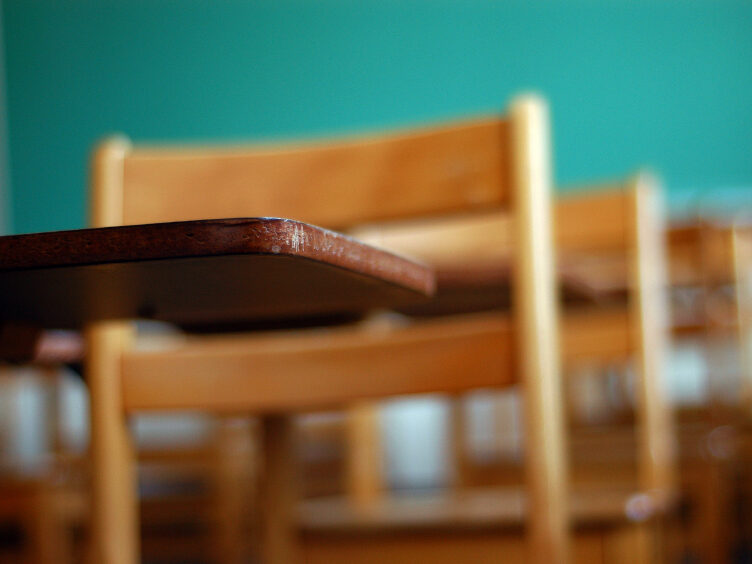Department of Health and Human Services studies show one in four West Virginia adults have a mental illness, but more than one in three adolescents report feeling sad or hopeless, and one in five have considered suicide.
Christina Mullins, the DHHR Deputy Secretary for Mental Health and Substance Use Disorders, said the causes are, unfortunately, well known.
“A lot of what pushes what’s happening with kids are adverse childhood experiences, which are pretty traumatic,” Mullins said. “Many of our children live in families with individuals with substance use disorder. Our child welfare data shows that kids, when they’re exposed to those serious situations, end up in foster care, and then they’re without their parents.”
Mullins said the expanded school mental health programs instituted specifically for junior high and high school kids focuses on an uplifting environment, support and intervention.
“It starts with the way that the child is greeted at the school,” Mullins said. “The school environment is where mental health professionals can identify a problem early and maybe put a behavioral support program in place. If things do escalate, then that school can then provide therapeutic interventions, or counseling services at the school, either in person or via telehealth.”
Mullins said the program looks at the total environment and supports the kids, the families, the teachers, and everybody that’s interacting and intersecting there. She said it’s making a difference.
“The kids who have that program in school are more likely to have better attendance in school, less behavioral disruptions, more likely to be on grade level and more likely to graduate,” she said.
Mullins said more than 90 schools now have expanded school mental health programs, but there is still a long way to go in getting the comprehensive effort expanded statewide.





















 Adobe Stock
Adobe Stock
